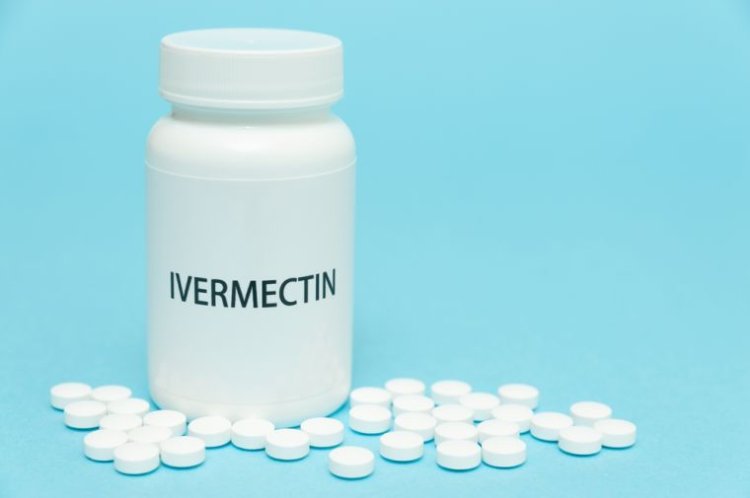Ivermectin Iverheal 12mg, a medication widely known for treating parasitic infections, has recently gained recognition for its applications in dermatology. Its effectiveness in addressing certain skin conditions is backed by both clinical research and real-world usage. This blog explores what ivermectin Iverheal 6mg does for the skin, the conditions it targets, and considerations for its use.
What is Ivermectin?
Ivermectin is an antiparasitic drug that works by interfering with the nervous system of certain parasites, ultimately killing them. Initially developed for veterinary use, it later became a breakthrough treatment for human parasitic diseases like river blindness (onchocerciasis) and lymphatic filariasis. In recent years, its topical formulations have been repurposed to address specific skin conditions, owing to its anti-inflammatory and antiparasitic properties.
Skin Conditions Treated with Ivermectin
-
Rosacea
One of the most common dermatological uses for ivermectin is treating rosacea, particularly its inflammatory subtype. Rosacea is a chronic skin condition that causes redness, visible blood vessels, and sometimes acne-like bumps, often on the face. While its exact cause remains unclear, studies suggest that Demodex mites—a type of microscopic parasite found on human skin—may play a role in its development.
Ivermectin’s topical formulation, such as the 1% cream marketed under brand names like Soolantra, targets these mites. By reducing their population and modulating inflammation, it helps alleviate the redness and bumps associated with rosacea. Clinical trials have shown that patients using ivermectin cream often experience significant improvements within weeks, with continued benefits over time.
-
Scabies
Scabies is a skin infestation caused by the Sarcoptes scabiei mite, which burrows into the skin to lay eggs. This results in intense itching, redness, and a rash. Oral and topical ivermectin are effective treatments for scabies. When applied to the skin or taken as directed by a physician, ivermectin kills the mites and their eggs, providing relief from symptoms.
-
Head Lice
Although not directly a skin condition, ivermectin is also used to treat infestations of head lice, which can cause scalp irritation and itching. Topical ivermectin lotions, such as Sklice, kill lice without requiring the painstaking combing out of nits (eggs), making it a convenient option.
-
Cutaneous Larva Migrans (CLM)
CLM is a skin condition caused by hookworm larvae that penetrate the skin, often resulting in itchy, serpentine tracks. Oral ivermectin is highly effective in eradicating these larvae and resolving symptoms quickly.
-
Other Emerging Uses
Research is ongoing to explore ivermectin's potential in treating other dermatological issues, such as acne, psoriasis, and seborrheic dermatitis. Its anti-inflammatory effects and ability to modulate the skin microbiome may hold promise for broader applications in the future.
How Does Ivermectin Work for Skin?
Ivermectin benefits the skin through two primary mechanisms:
-
Antiparasitic Action: By binding to specific receptors in parasites, ivermectin causes paralysis and death in mites like Demodex and Sarcoptes scabiei. This clears infestations and prevents further irritation.
-
Anti-inflammatory Properties: Ivermectin reduces the production of pro-inflammatory cytokines, chemicals that contribute to redness, swelling, and irritation. This makes it particularly effective for conditions like rosacea, where inflammation plays a significant role.
Benefits of Ivermectin for Skin
- Targeted Treatment: Ivermectin addresses the root cause of conditions like rosacea and scabies, offering long-term relief.
- Quick Results: Many users report noticeable improvements within weeks of starting treatment.
- Low Risk of Resistance: Unlike antibiotics, ivermectin has a lower risk of promoting resistance in bacteria or mites, making it a sustainable option for chronic conditions.
- Ease of Use: Topical formulations are easy to apply and integrate into skincare routines, while oral ivermectin offers a simple, one-dose solution for some infestations.
Considerations and Side Effects
While ivermectin is generally well-tolerated, some side effects can occur. Topical ivermectin may cause mild irritation, dryness, or a burning sensation. Oral ivermectin, though rare, can lead to headaches, dizziness, or gastrointestinal symptoms.
It’s also important to note that ivermectin should be used under medical supervision. Self-diagnosis or misuse can lead to ineffective treatment or worsened symptoms. Pregnant or breastfeeding individuals should consult their healthcare provider before using ivermectin, as its safety in these populations is not fully established.
When to See a Doctor
If you suspect a skin condition such as rosacea, scabies, or another parasitic infection, consult a dermatologist or healthcare professional. They can confirm the diagnosis and determine if ivermectin is the right treatment for you.
Final Thoughts
Ivermectin has proven to be a game-changer in dermatology, offering effective solutions for stubborn skin conditions like rosacea and scabies. With its dual action against parasites and inflammation, it provides both immediate relief and long-term management. However, as with any medication, it’s crucial to use ivermectin responsibly and under medical guidance to ensure the best results.
By staying informed and seeking professional care, you can leverage the benefits of ivermectin to achieve healthier, clearer skin.







